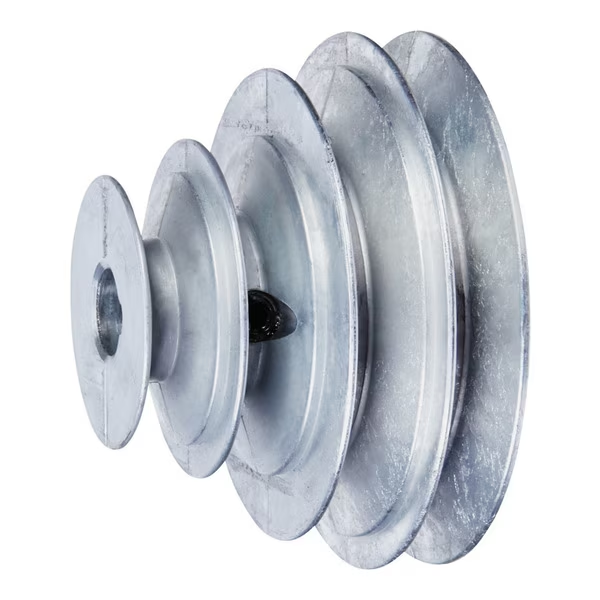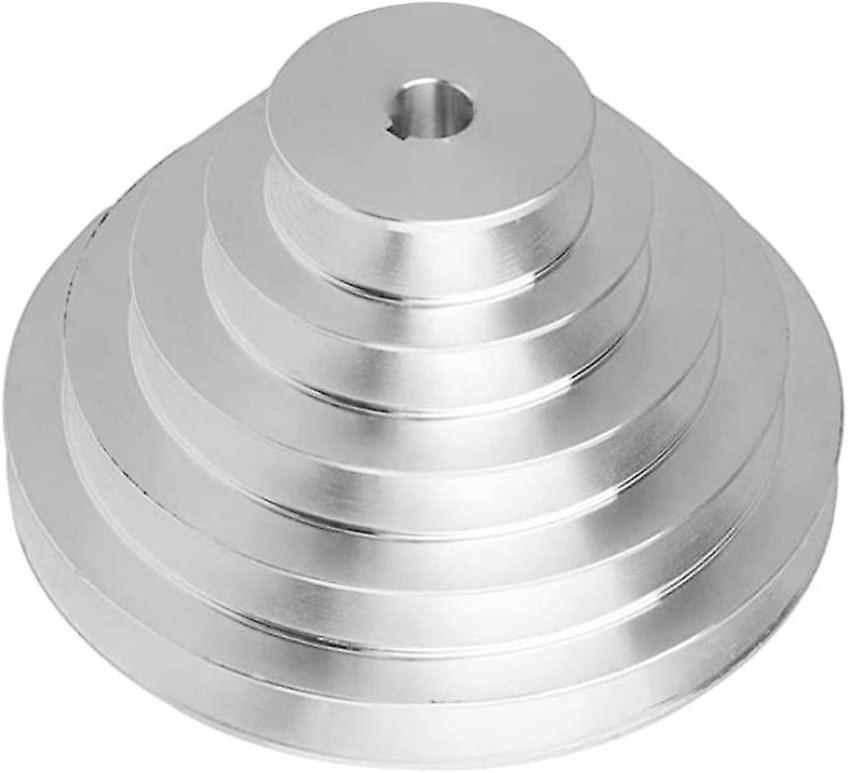Product Description
Surface treatment for CNC Machining part:
| 1 | Zinc/nickel/chrome plating |
| 2 | hot galvanized |
| 3 | painting |
| 4 | powder coating |
| 5 | Anodize Oxidation, or with colors: like silver, blue, red, etc. |
| 6 | plating, silver-plated, Gold-plated, etc |
| 7 | polishing |
| 8 | electrolytic polishing |
| 9 | sank without electricity nickel |
| etc | etc. |
HangZhou CHINAMFG Machinery Co., Ltd. is located in HangZhou, HangZhou. Based on the advantages of specialized talents, it has formed 4 professional project sections with excellent technical equipment, sound quality assurance system and standardized production environment: mechanical processing, sheet metal stamping production, Mold manufacturing, high-speed rice transplanter, with the high recognition of the majority of mature customers, cast the “Xin Rifeng” brand in the industry’s CHINAMFG position, and strive to build an intelligent manufacturing service system.
It is people-oriented, Difeng people focus on the production of high-quality rice transplanter planting department with high quality and advanced technology, all kinds of mold design, R&D and manufacturing required for sheet metal stamping; at the same time, develop continuous die and welding.
We always adhere to the customer’s position to solve the problem, the product to achieve process optimization, reduce costs, and continue to reduce materials for the purpose, so for the domestic major Asian high-speed main engine factory and high-speed rice transplanter market, some products are sold to Pakistan, Vietnam, Countries and regions such as India. It has successively become an excellent supplier of domestic famous enterprises such as Japanese Yanmar, Japan Kubota, Nideko Electric, Hailiwei and ZheJiang Xihu (West Lake) Dis.. The company has successively obtained the “HangZhou Small and Medium-sized Specialized Special New Product (Technology) Certificate” and “ISO9001 Quality Certification” and successfully registered the “Xin Rifeng” trademark.
Workshop equipment
Certifications
Packaging & Shipping
FAQ
Q1: Are you a factory or a trading company?
A1: We are a professional manufacturer of CNC parts for over 14 years.
Q2: How can I get quotation?
A2: Please help to send drawing (2D and 3D drawing) to us, so we can know the raw material, size and surface treatment, tolerance and other details of the product. And also inform us the quantity you need.
Q3: What kind of material you can process?
A3: Normally Aluminum alloy and stainless steel, but we also can do titanium alloy steel, copper alloy steel special alloy steel and non-metal material.
Q4: What is the minimum size tolerance you can do?
A4: The minimum size tolerance we can do is 0.001mm.
Q5: What is the biggest range you can do?
A5: The biggest range we can do is 1500mm.
Q6: Can you do precise and complicated CNC parts?
A6: Yes, we can do precise and complicated CNC parts by our 5/4/3 axis CNC machines
Q7: Can you accept sample order?
A7: Yes, we can do sample order per your requirement.
Q8:Can you accept custom packing?
A8: Yes, we can do custom packing as your requirement.
| After-sales Service: | Lifelong After-Sales Service |
|---|---|
| Application: | Cow |
| Power Source: | Electric |
| Heating and Ventilation Equipment Type: | Hot Blast Stove |
| Epidemic Prevention Equipment: | Aerosol Immune Machine |
| Certification: | CE |
| Samples: |
US$ 1/Piece
1 Piece(Min.Order) | |
|---|
| Customization: |
Available
| Customized Request |
|---|

Can step pulleys be used in both industrial and DIY applications?
Yes, step pulleys can be used in both industrial and DIY (do-it-yourself) applications. Here’s how they are applicable in each context:
1. Industrial Applications:
Step pulleys are widely used in various industrial applications where variable speed control is required. They can be found in machinery such as milling machines, lathes, drill presses, and industrial mixers. In industrial settings, step pulleys provide a reliable and cost-effective solution for adjusting the speed of rotating components, allowing for precise control and optimal performance.
2. DIY Applications:
Step pulleys are also suitable for DIY enthusiasts and hobbyists who work with machinery or equipment that requires variable speed control. For example, in woodworking, step pulleys can be used in DIY table saws, band saws, or sanders to adjust the cutting or sanding speed according to the material and desired finish. They can also be employed in DIY metalworking projects or other applications where adjustable speed is beneficial.
3. Advantages for DIY Applications:
Using step pulleys in DIY applications offers several advantages. They provide a relatively simple and affordable means of achieving variable speed control without the need for complex electronic controls or expensive variable frequency drives. Step pulleys are easy to install and operate, making them accessible to DIYers with basic mechanical skills.
4. Limitations for DIY Applications:
While step pulleys offer flexibility in speed control, they may have limitations in terms of the available speed range and increments compared to more advanced speed control systems. Additionally, the load capacity of step pulleys may be lower compared to heavy-duty industrial machinery, so it’s important to consider the specific requirements of the DIY project and choose the appropriate pulley size and material.
Overall, step pulleys can be utilized effectively in both industrial and DIY applications to achieve variable speed control. They provide a practical and versatile solution for adjusting rotational speed, whether it’s in large-scale industrial operations or smaller DIY projects.

What safety considerations should be kept in mind when working with step pulleys?
Working with step pulleys involves certain safety considerations to prevent accidents and ensure the well-being of individuals involved. Here are some important safety guidelines to keep in mind:
1. Read and Follow Manufacturer’s Instructions:
Before operating any machinery or equipment with step pulleys, carefully read and understand the manufacturer’s instructions, warnings, and safety guidelines. Follow them strictly to ensure safe usage.
2. Wear Personal Protective Equipment (PPE):
Always wear appropriate personal protective equipment, such as safety glasses, gloves, and hearing protection, when working with step pulleys. PPE helps protect against potential hazards, including flying debris, entanglement, and noise.
3. Machine Guarding:
Ensure that all necessary machine guards and safety shields are in place and properly functioning. Machine guards help prevent accidental contact with moving parts, including step pulleys, reducing the risk of injury.
4. Lockout/Tagout Procedures:
Follow lockout/tagout procedures when performing maintenance or repair tasks on machinery with step pulleys. Lockout/tagout involves isolating the equipment from its power source and securing it to prevent accidental startup during maintenance activities.
5. Proper Training and Supervision:
Ensure that operators and maintenance personnel receive proper training on the safe operation and maintenance of machinery with step pulleys. Supervise their work initially until they have gained sufficient experience and competence.
6. Avoid Loose Clothing and Jewelry:
Avoid wearing loose clothing, jewelry, or anything that could get entangled in the moving parts of the machinery, including step pulleys. Loose items can pose a serious risk of entanglement and injury.
7. Use Proper Tools and Equipment:
Use the appropriate tools and equipment when working with step pulleys. Using improper tools or makeshift solutions can lead to accidents or damage to the equipment.
8. Regular Maintenance and Inspection:
Perform regular maintenance and inspection of the machinery and step pulley system. Check for any signs of wear, damage, or misalignment. Address any issues promptly to ensure safe and efficient operation.
9. Report and Address Safety Concerns:
If you notice any safety concerns or potential hazards related to the step pulley system, promptly report them to the appropriate personnel. Take necessary actions to address the concerns and ensure a safe working environment.
10. Follow Safe Work Practices:
Adhere to safe work practices, such as keeping the work area clean and organized, maintaining proper lighting, and avoiding distractions. These practices contribute to a safer work environment when working with step pulleys.
By following these safety considerations and guidelines, you can minimize the risks associated with working with step pulleys and create a safer working environment for yourself and others.

How does a step pulley assist in changing the speed and power transmission?
A step pulley plays a crucial role in changing the speed and power transmission in mechanical systems. Here’s how it assists in these aspects:
1. Speed Variation:
A step pulley provides different speed options by changing the effective diameter of the pulley. The pulley wheel has multiple steps or levels of varying diameters. By moving the belt or chain from one step to another, the speed ratio between the driving pulley and the driven pulley is altered. This allows for speed variation in the power transmission system.
2. Speed Adjustment:
Each step on the step pulley corresponds to a specific diameter, and therefore, a specific speed ratio. By selecting different steps, the rotational speed of the driven component can be adjusted. This is particularly useful when different operating speeds are required for different tasks or when the load on the system changes.
3. Power Transmission:
A step pulley facilitates power transmission by transferring rotational energy from the driving pulley to the driven pulley. The belt or chain engaged with the steps of the pulley transfers torque from the driving source to the driven component. The power transmitted depends on the speed ratio and the torque applied at the driving pulley.
4. Mechanical Advantage:
Depending on the selected step and corresponding diameter, a step pulley can provide a mechanical advantage. By choosing a smaller diameter step, the pulley effectively increases the torque while reducing the rotational speed. This can be advantageous in systems where high torque is required, such as in milling machines or lathes.
5. Adjustability:
The manual adjustability of a step pulley allows operators to change the speed and power transmission characteristics according to specific requirements. By manually shifting the belt or chain to different steps, the speed and torque output can be adjusted without the need for complex transmission systems or additional components.
Overall, a step pulley provides a simple and effective means of changing speed and power transmission in mechanical systems, making it a versatile component in various applications.


editor by CX
2023-10-09